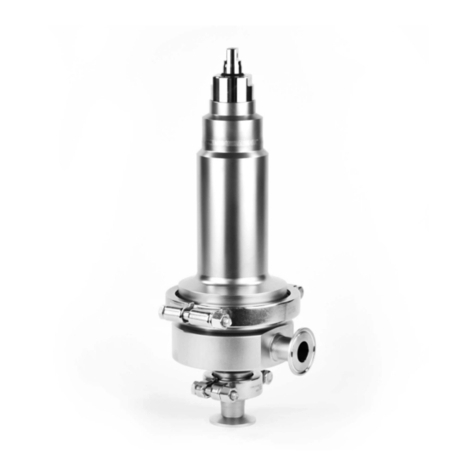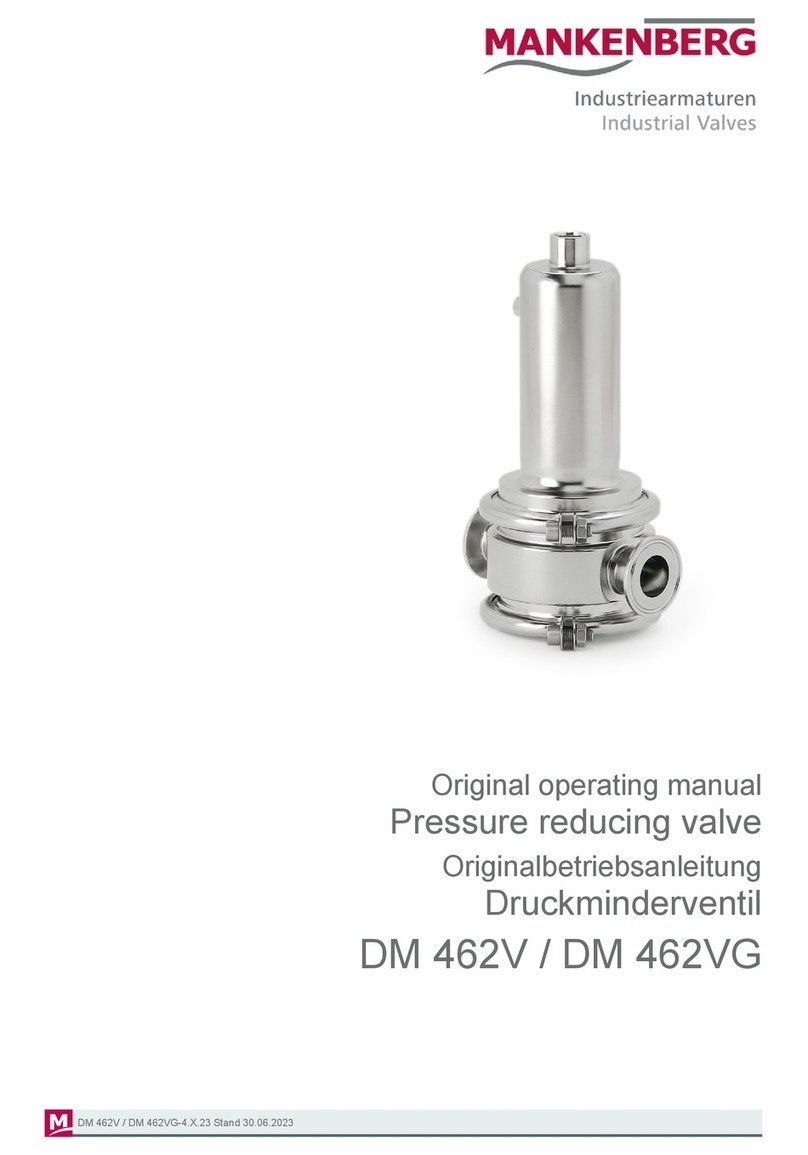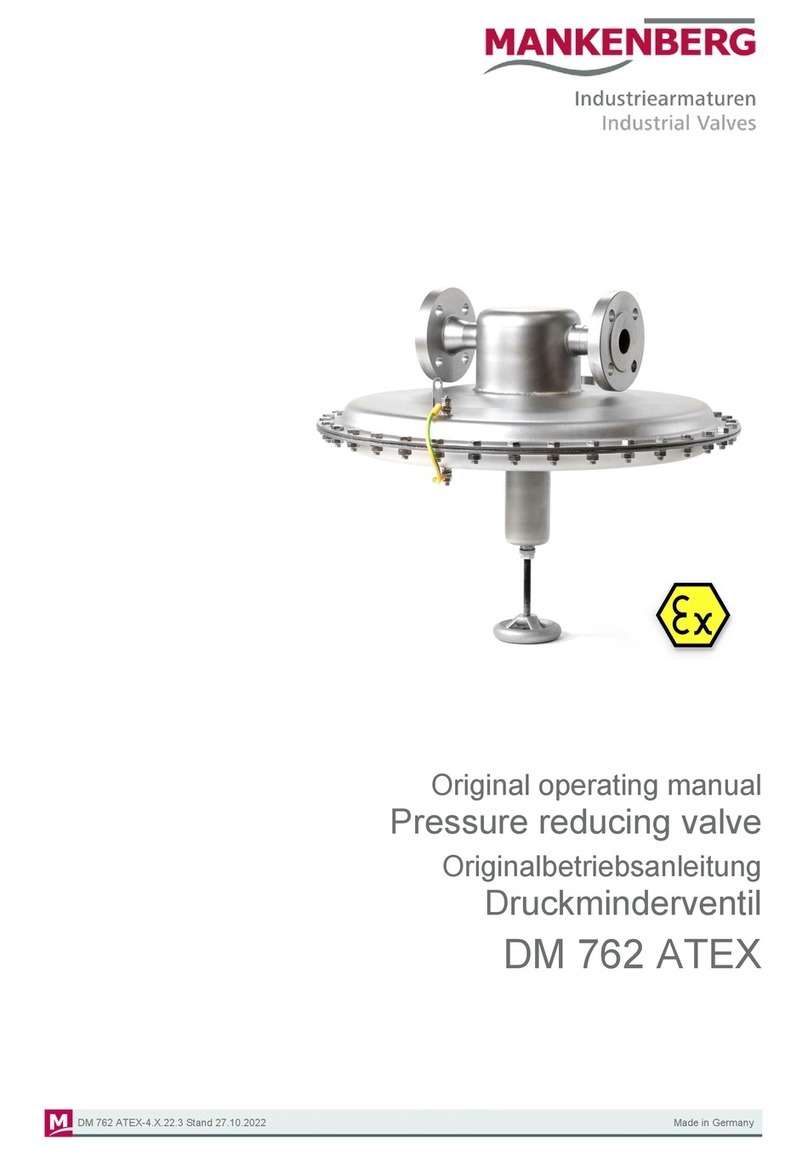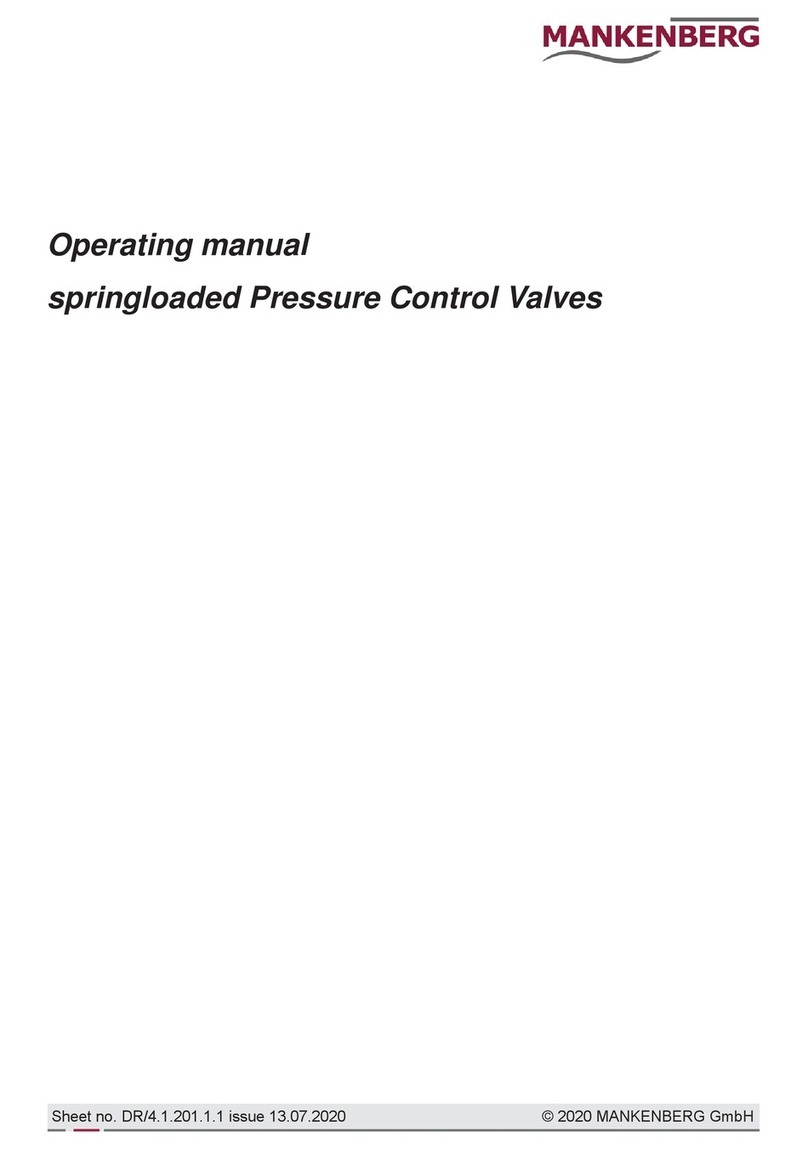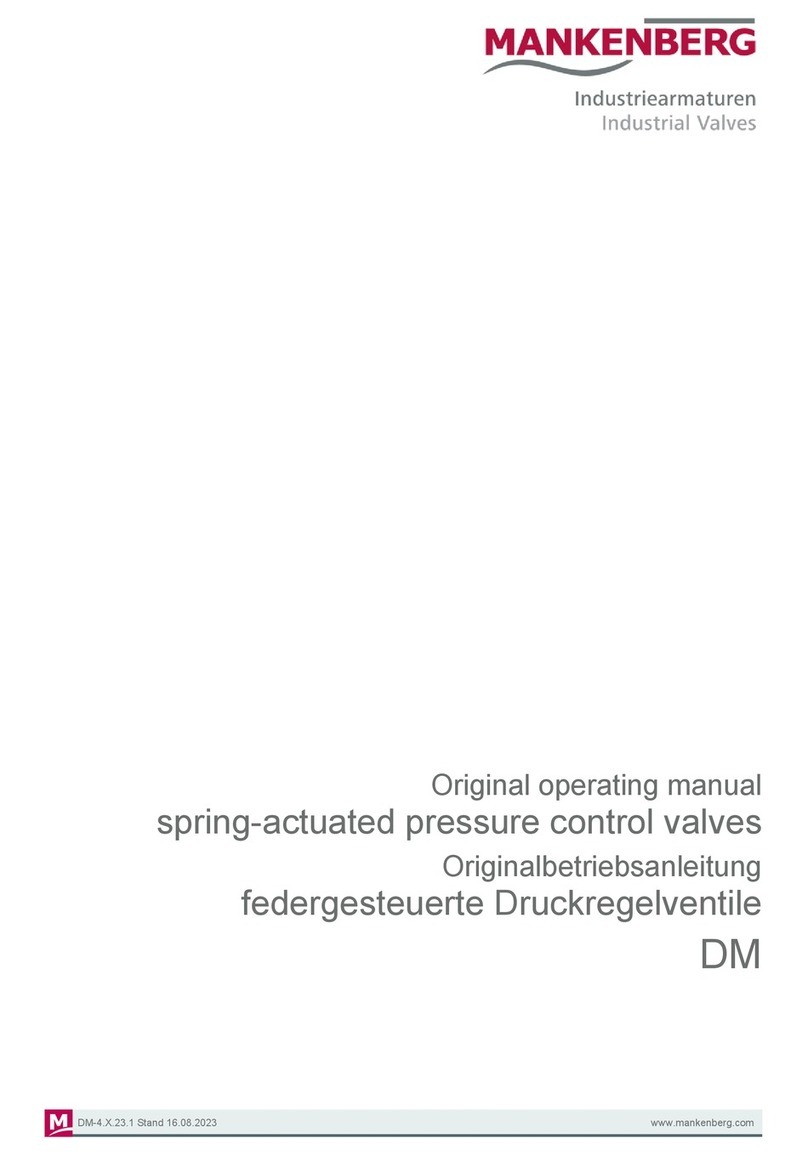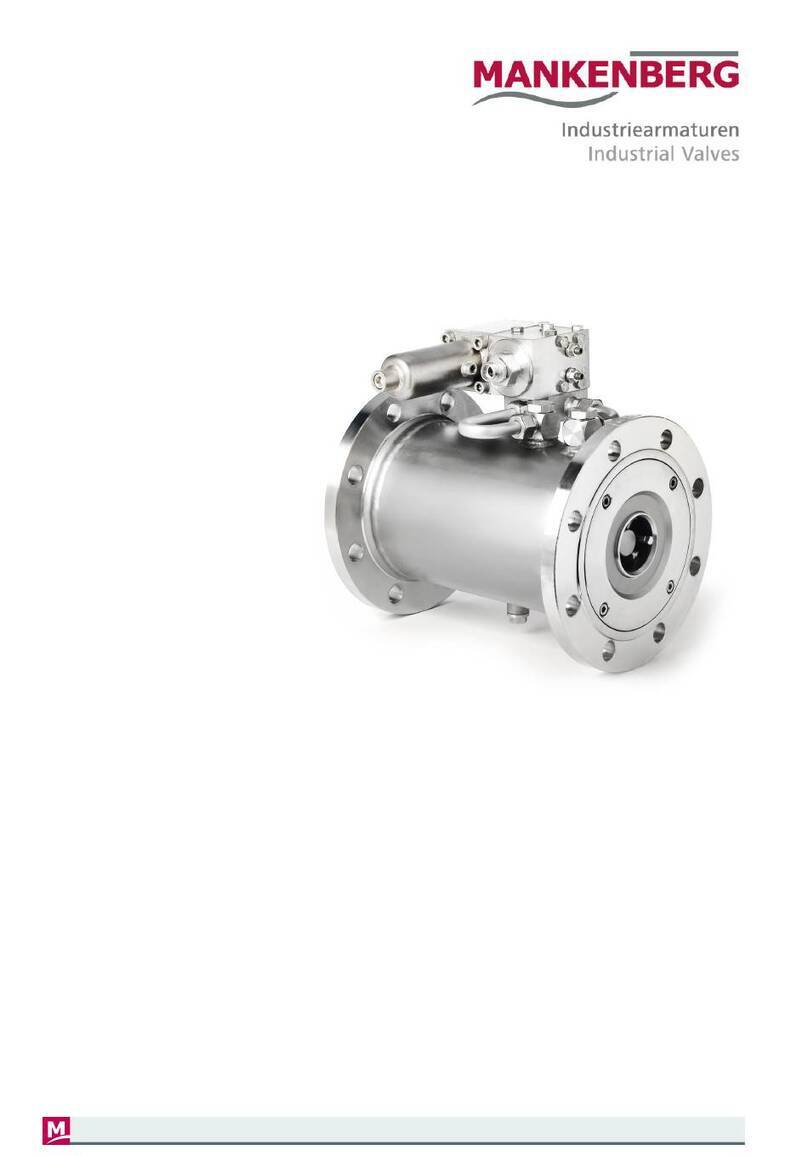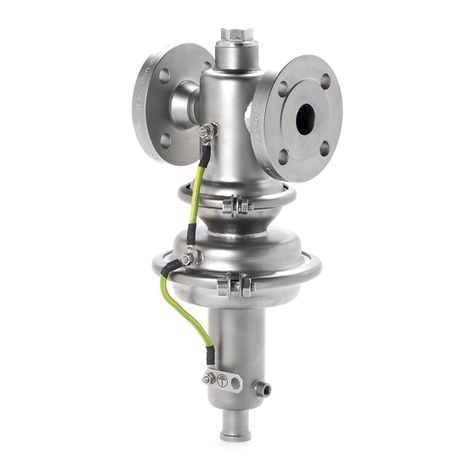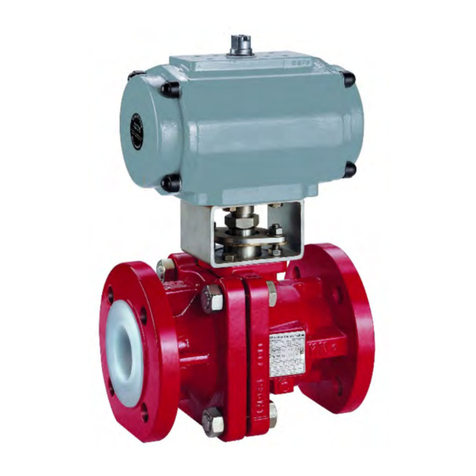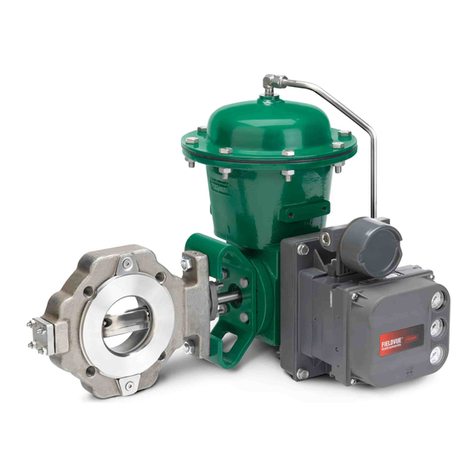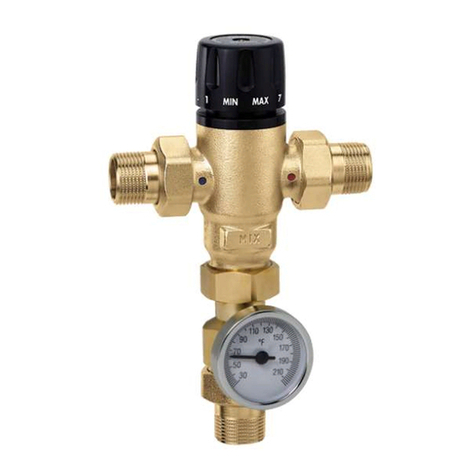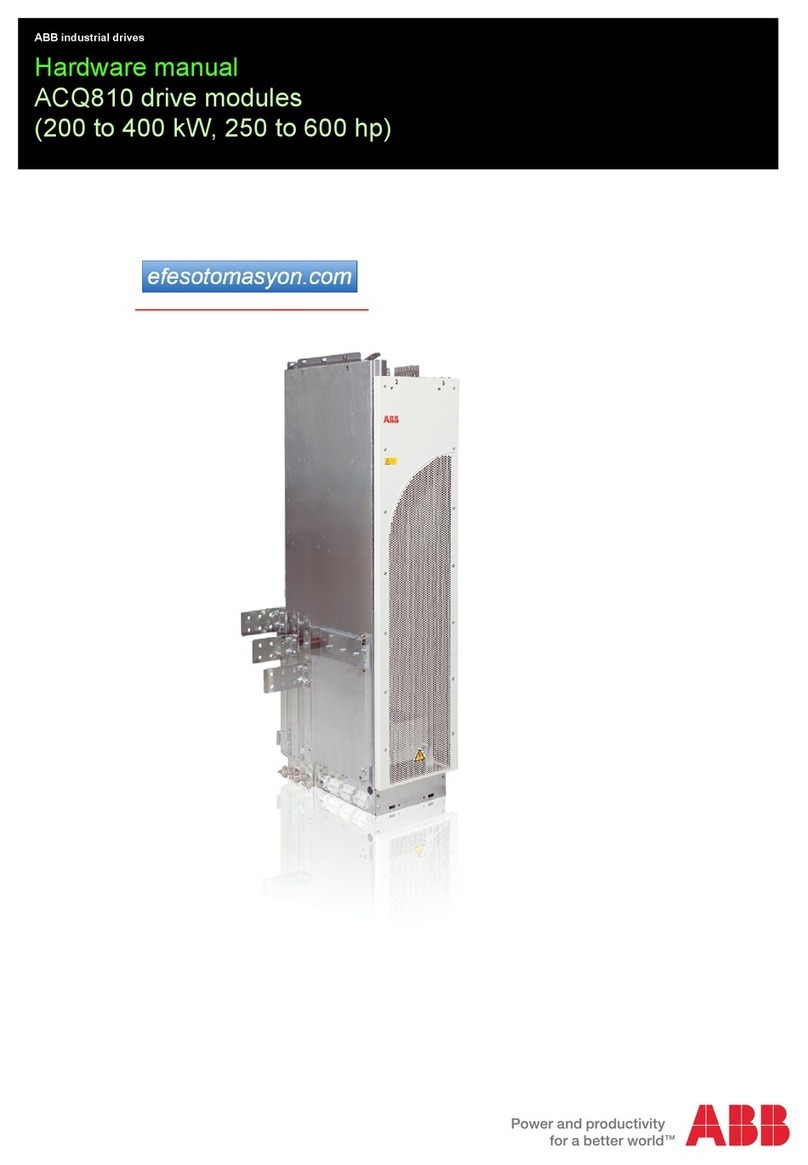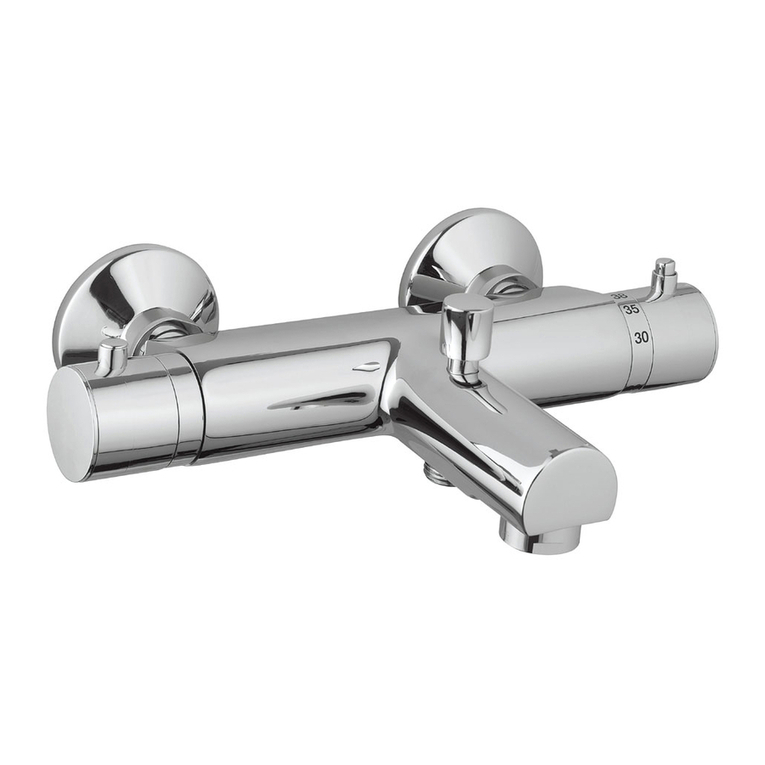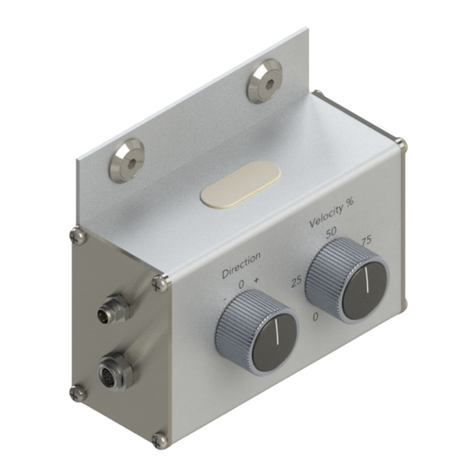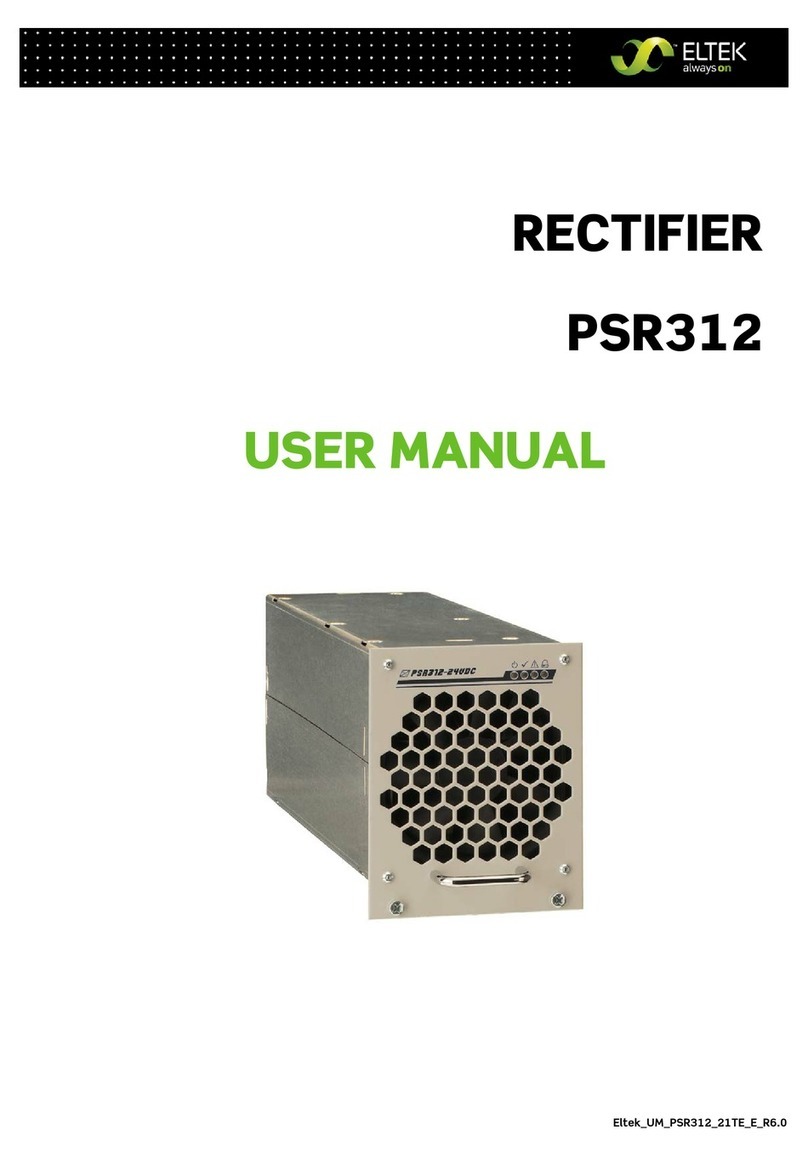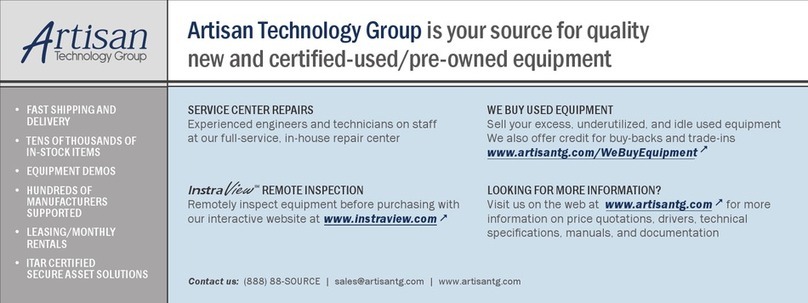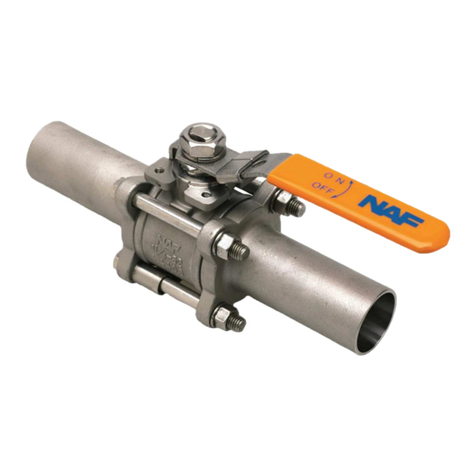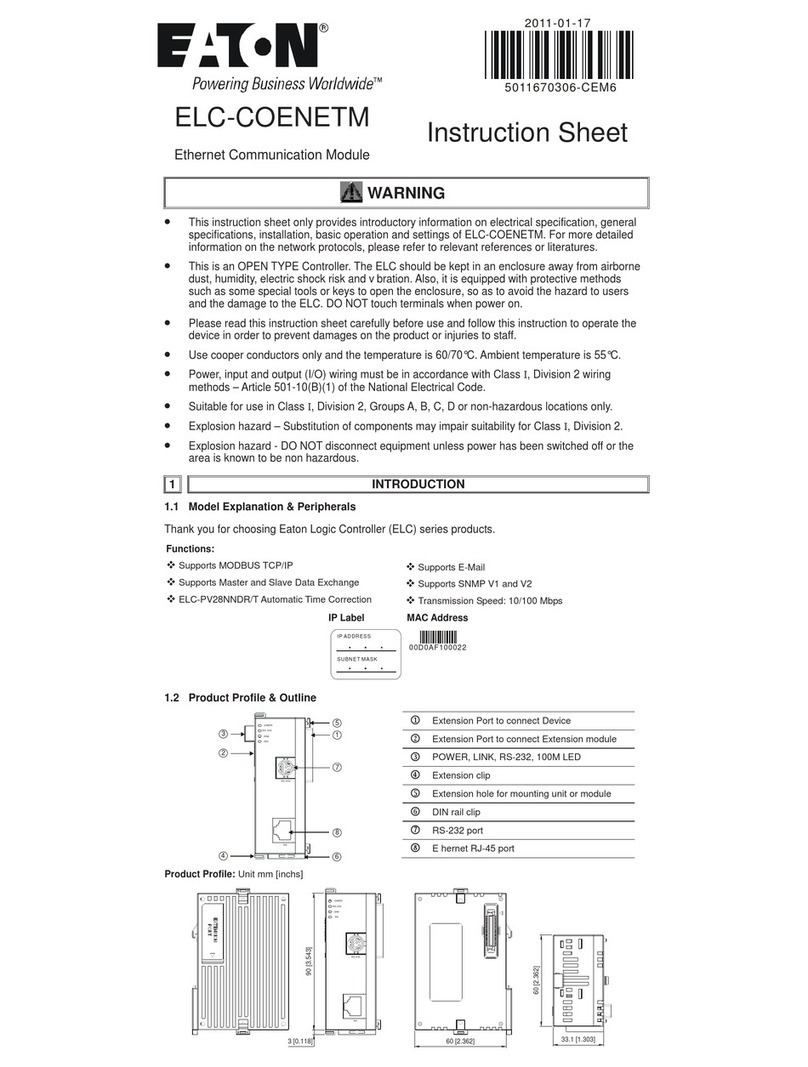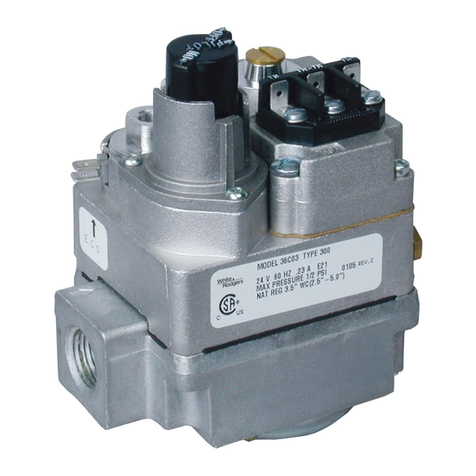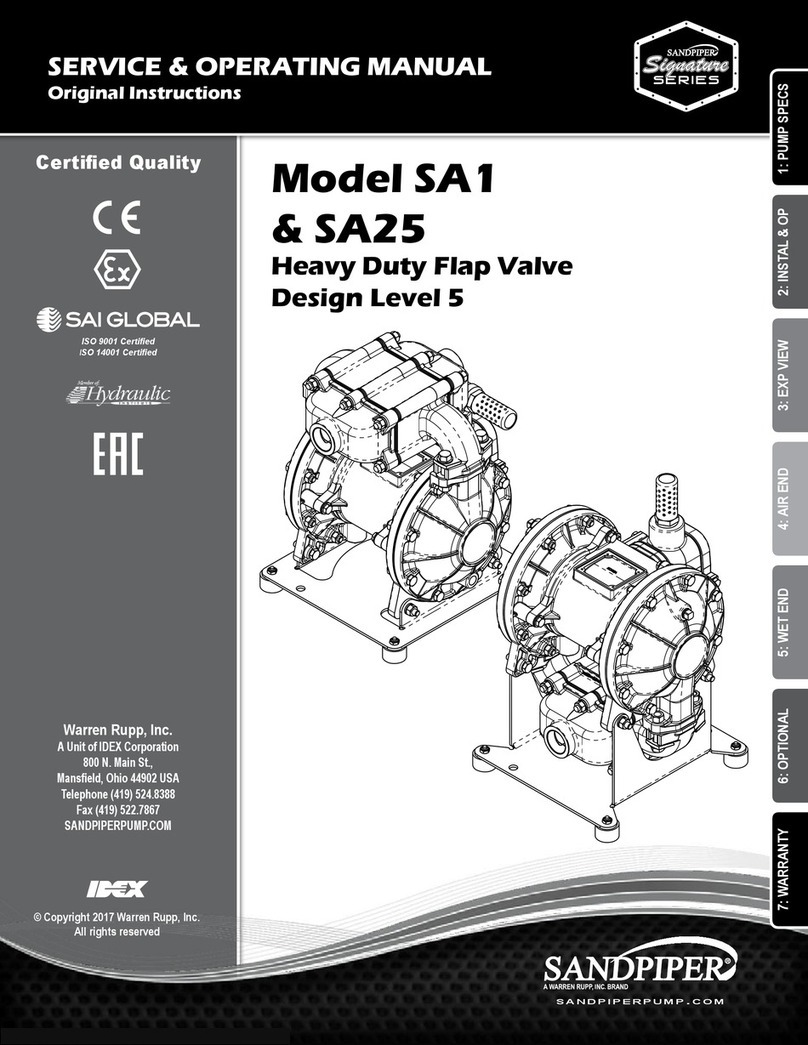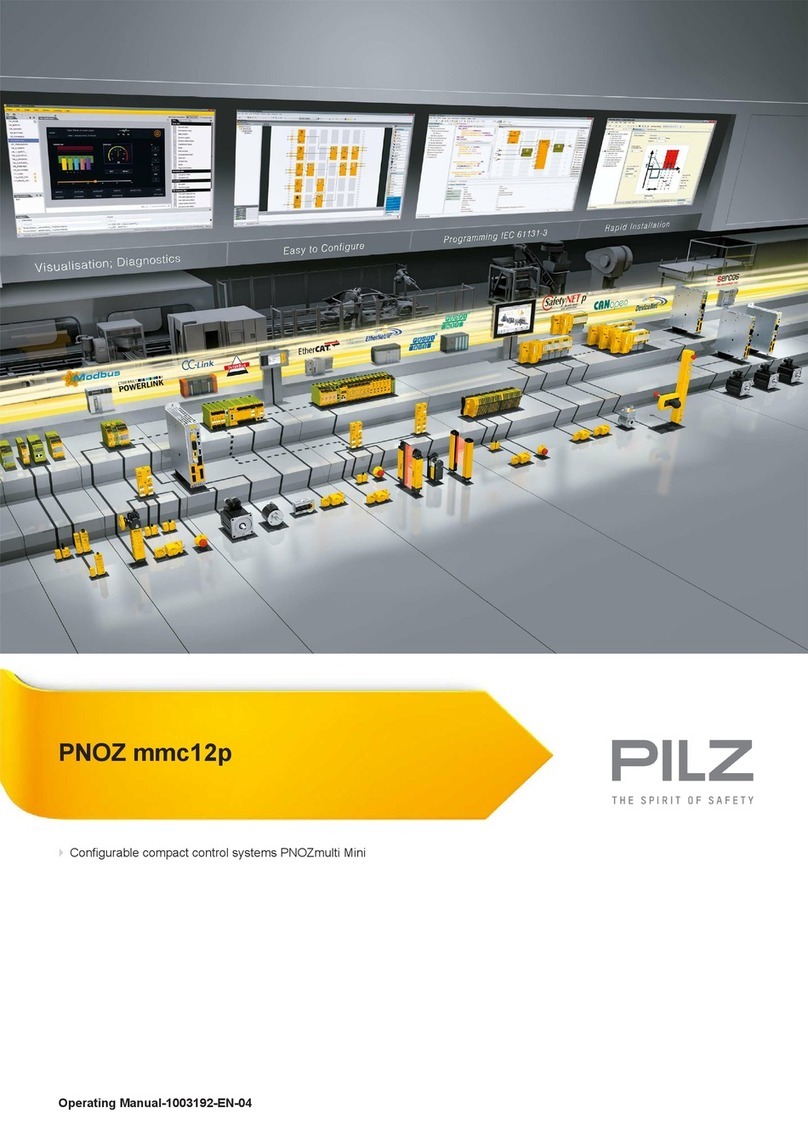
2
EB 3.52 ATEX H2-4.X.22.2 Stand 21.12.2022 www.mankenberg.com
Table of contents EN
1 Introduction ................................................................................................................................................ 6
2 Intended use ............................................................................................................................................... 6
3 Applied standards and directives............................................................................................................. 7
4 Marking of the fitting.................................................................................................................................. 7
5 Safety instructions ..................................................................................................................................... 8
5.1 General precaution............................................................................................................................... 8
5.2 Special safety instructions for the plant operator ................................................................................. 8
5.3 Special hazards.................................................................................................................................... 8
6 Transport and storage ............................................................................................................................... 9
7 Installation .................................................................................................................................................. 10
7.1 General notes....................................................................................................................................... 10
7.2 Installation preparations ....................................................................................................................... 11
7.3 Installation steps .................................................................................................................................. 11
8 Pressure testing the pipeline section....................................................................................................... 13
9 Initial start-up.............................................................................................................................................. 13
10 Normal operation........................................................................................................................................ 14
11 Maintenance................................................................................................................................................ 15
12 Troubleshooting help................................................................................................................................. 16
13 ATEX............................................................................................................................................................ 18
13.1 Product limits........................................................................................................................................ 18
13.2 Product description (functions and tasks) ............................................................................................ 18
13.3 Requirements to be met by the medium (fluids) .................................................................................. 18
13.4 Intended use (ATEX-specific) .............................................................................................................. 19
13.5 Special conditions (X) .......................................................................................................................... 19
13.6 Predictable misuse............................................................................................................................... 20
13.7 Organizational measures ..................................................................................................................... 20
13.8 Obligation on the operator.................................................................................................................... 20
13.9 Duty of care of the operator ................................................................................................................. 20
13.10 Maintenance, repair and troubleshooting............................................................................................. 21
13.11 Warranty and liability............................................................................................................................ 21
13.12 General information on explosion prevention for the Operator ............................................................ 21
13.12.1 Static electricity: ........................................................................................................................ 21
13.12.2 Storage and transport ............................................................................................................... 21
13.12.3 Installation and commissioning ................................................................................................. 21
13.12.4 Operation .................................................................................................................................. 22
13.12.5 Work on the opened valve ........................................................................................................ 22
14 Information on REACH and RoHS ............................................................................................................ 23
14.1 Declaration on the REACH Regulation 1907/2006 .............................................................................. 23
14.2 Declaration on the RoHS Directive 2011/65/EU .................................................................................. 23
15 Further information .................................................................................................................................... 23




















